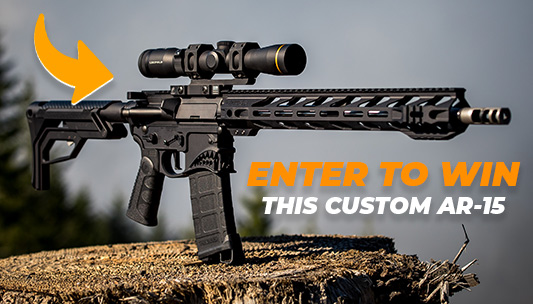Firearms
Handling a Gun Safely and Responsibly
Published
2 years agoon
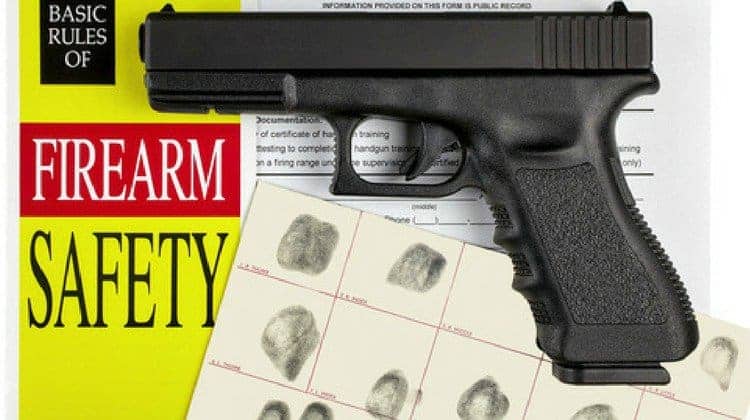
While not much formal research has been conducted, accidental gun discharge kills as many as one kid every other day in the United States because gun owners are not handling a gun safely. From 2005 to 2010, almost 3800 people in the US were killed by accidental shootings. These statistics are horrifying and are unfortunately mostly avoidable.
Handling A Gun Safely: Being Responsible Gun Owners
As you can see, gun safety is of the utmost importance. Learning to handle a gun safely can save lives. Similarly, teaching your kids about weapons and how to safely handle them can also save lives. With these statistics in mind, are you ready to learn some of the basics of handling a gun safely?
Treat the Weapon Like It’s Loaded
The first basic rule of gun safety is to always treat the weapon as if it is loaded. Regardless of how certain you are that the weapon is not loaded, you should always treat it like it is.
So, this means that you should not be pointing it in an unsafe direction, pulling the trigger, or doing anything that you wouldn’t do with a loaded gun. Remember, this is a potentially deadly weapon, not a toy!
Keep Your Finger Off the Trigger
Your finger should not be on the trigger until you are absolutely ready to engage a target. While you are loading the magazine, racking the slide, aiming down the sights, and acquiring your target, your finger should not be on the trigger.
Muzzle Awareness: Point the Gun in a Safe Direction
Even if you are certain the gun is not loaded, it should be pointed in a safe direction. You should make it a point to aim your gun away from people at all costs. Even if you are just walking onto the range, the weapon should not be pointed at anyone.
You should also make it a point to aim your gun in a safe direction if you set it down.
Keep the Weapon Unloaded
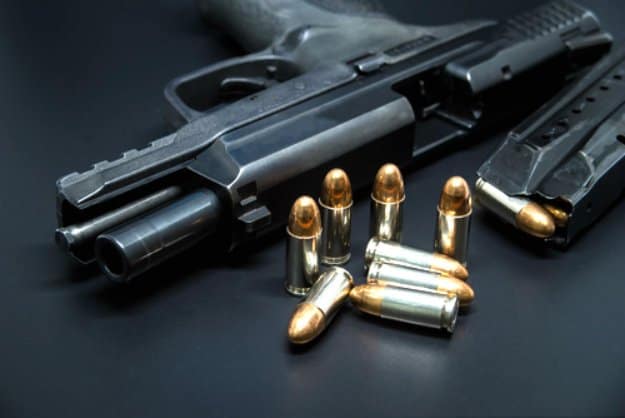
This may be the biggest factor. Even if your kids don’t know the first thing about gun safety, they will not be able to hurt themselves or worse if they find an unloaded gun. Until you are ready to use the weapon, it should be kept unloaded.
Now, the concealed carriers and gun owners who are concerned about home defense will almost certainly disagree with me, but give me a minute to explain.
I also concealed carry. I fully agree that you should carry a weapon with a full magazine and a round in the chamber. However, when you get home and are taking the weapon out of its holster, there is no reason not to unload it.
I would recommend taking the round out of the chamber and removing the magazine but keeping the magazine loaded. This way, in the event of an emergency, your response time will still be fast. However, at the same time, you will be storing the weapon in a safer manner and it can make a big difference when handling a gun safely.
- 4 half-width adjustable shelves and 1 full-width removable shelf
Keep the Safety on
To go along with storing the weapon unloaded, you should also store it with the safety on. The safety provides a positive lock that will not allow the firing pin to strike the primer of the bullet. This additional safety measure is too easy to use but could make a world of difference.
You could also consider storing the weapon with a cable lock through the chamber and barrel, as handguns commonly come from the factory with.
Using Training Pieces to Increase Gun Safety
There are plenty of options available for training and learning gun safety. A couple examples are the Safety Bullet and the practice firearms made by Glock.
The Safety Bullet is designed to sit at the top of your magazine so that the first bullet cannot be fired. In order to actually use the weapon, you have to rack the slide twice to eject the Safety Bullet.
The practice firearms made by Glock give the new shooter an idea of how a firearm works. You can practice magazine changes, racking the slide, aiming, pulling the trigger, and taking the weapon apart. These are truly awesome training pieces, especially for a new shooter.
Do some research and take advantage of any training pieces that may be helpful to you.
Wear Protective Equipment
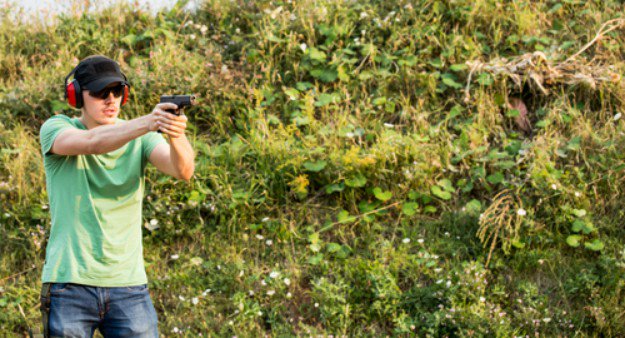
One seemingly forgotten part of firearms safety is wearing the proper safety equipment. When you are in the range, you should always have:
- Quality eye protection. Ballistic shooting glasses should always be in your range bag.
- Ear protection. Whether they are earmuff style or foam disposable style, hearing protection is a must. I doubt this is news to anyone, but firearms are loud.
These two simple pieces of equipment will make a world of difference in terms of handling a gun safely.
- Seahorse Exterior Dimensions: 24.3" x 16.0" x 10.10" - Interior Dimensions: 22.12" x 13.54" x 8.50". Case weight: 16.05 lbs.
- Dustproof, Airtight & Watertight Protection (Mil. Std. 810F, 512.4 & IP67). Capable of withstanding water immersion between 15cm and 1 meter for 30 minutes
- Features keyed plastic locks, wide track wheels and built-in telescoping tote handle for easy rolling.
National Shooting Sports Foundation | NSSF shows rules for safe firearm handling:
These have been a few extremely basic firearms safety measures to consider. While there is much more to think about, most tips boil down to treating the weapon as if it were loaded. Just remember, if you wouldn’t do it with a loaded gun, don’t do it at all! There are plenty of books and videos readily available, and there are also firearms trainers nationwide.
You should take every opportunity you have to learn as much as possible about weapons before purchasing or firing one. If you have kids, you should teach them young about the potential dangers of firearms. You may also have to change some of your practices once you have kids, but remember that safety is paramount. You don’t want to become a statistic.
Do you have other rules for handling a gun safely? Let us know in the comments section below.
Up Next: Home Gun Safety Taught in New SurvivalLife.com Special Report
Originally posted on December 4, 2017 @ 3:00 AM
You may like
-
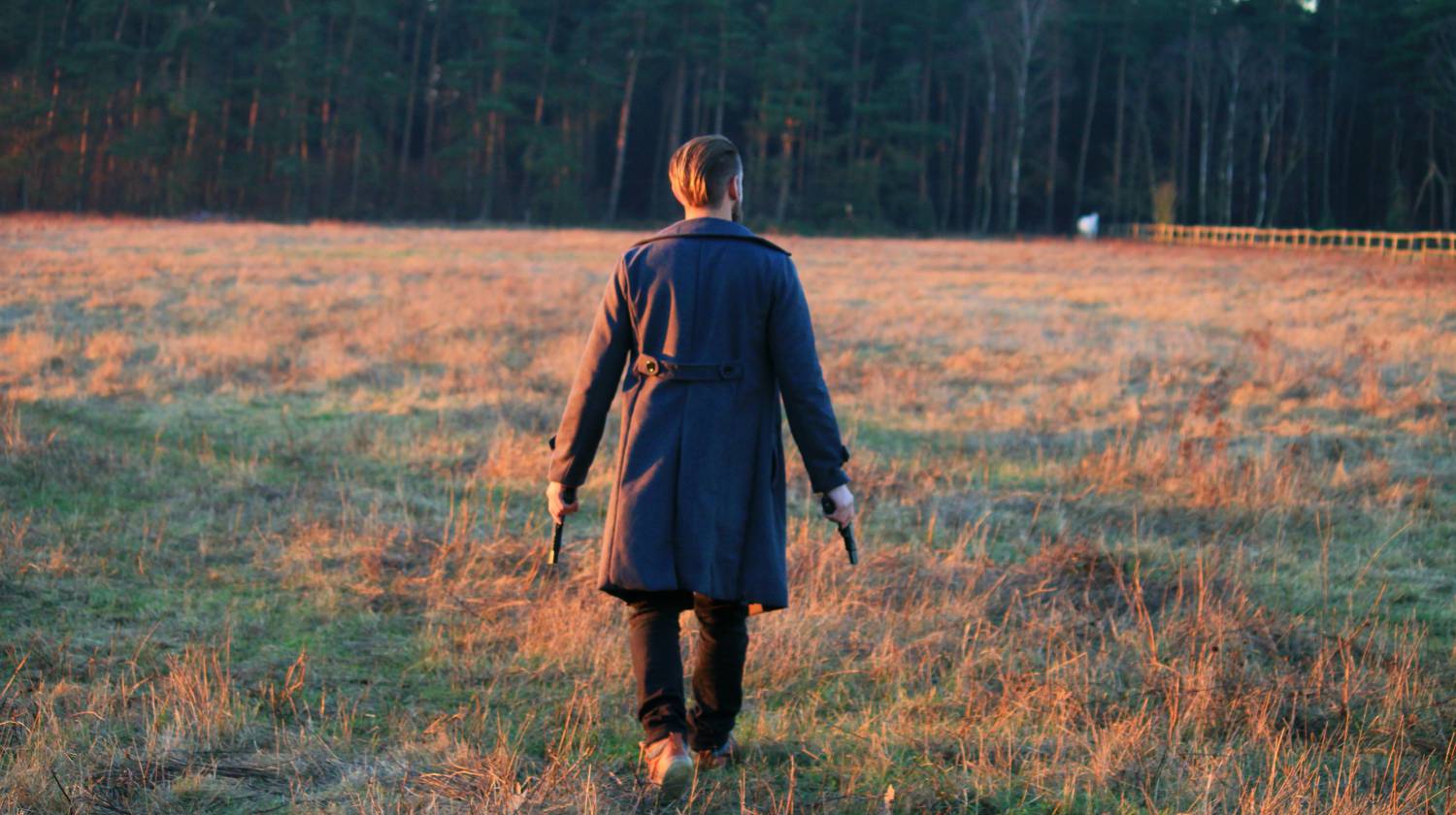

Stupid People With Guns: How NOT To Handle A Firearm
-
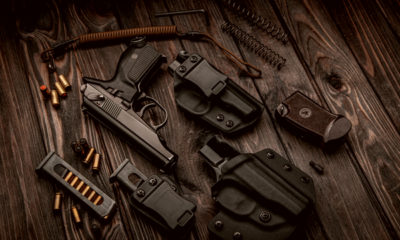

Selecting Personal Defense Weaponry: Handgun
-
Home Defense | 2nd Amendment Rights
-
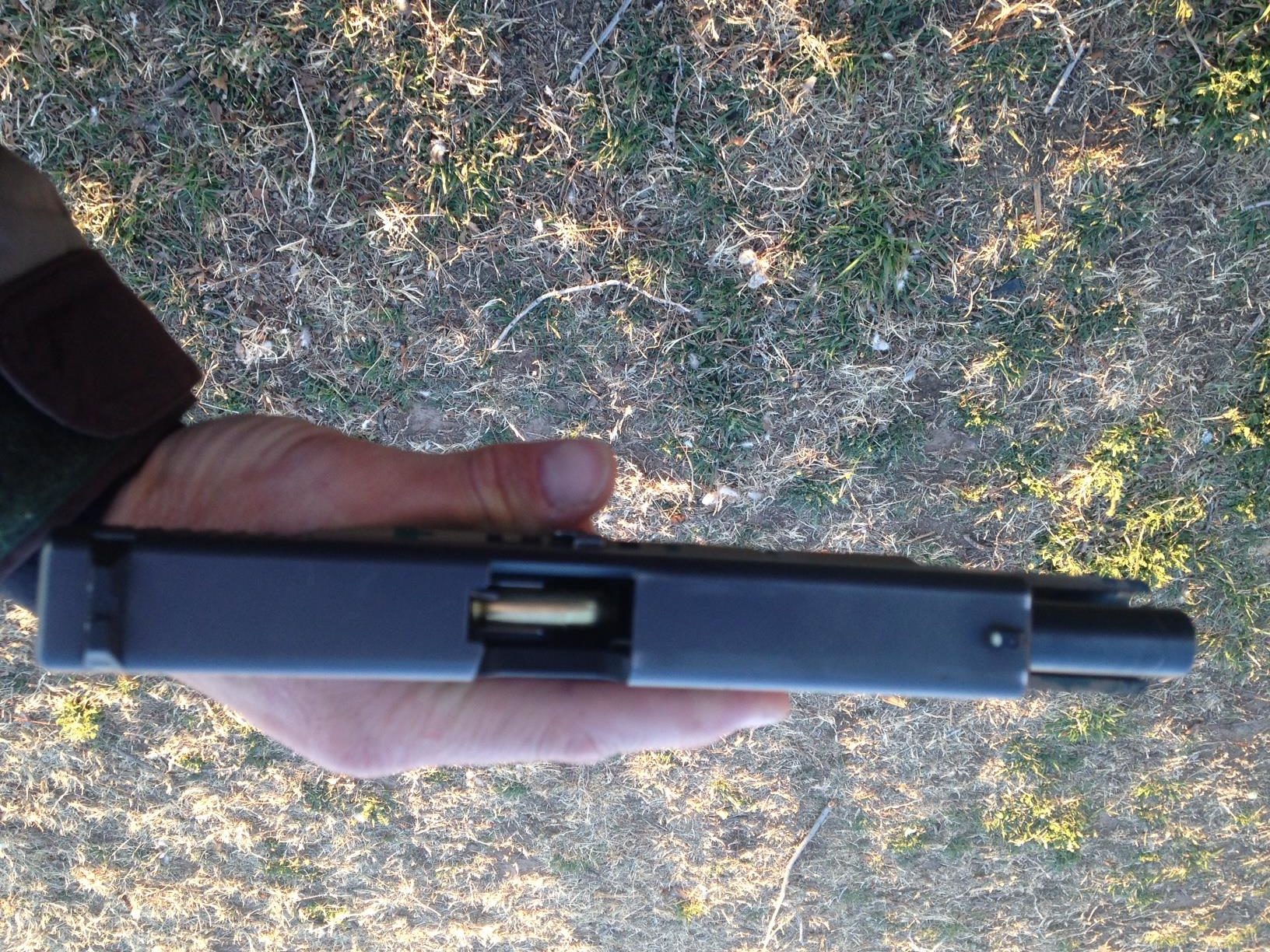

Outtakes for New Shooters: The Four Rules Of Firearm Safety
-
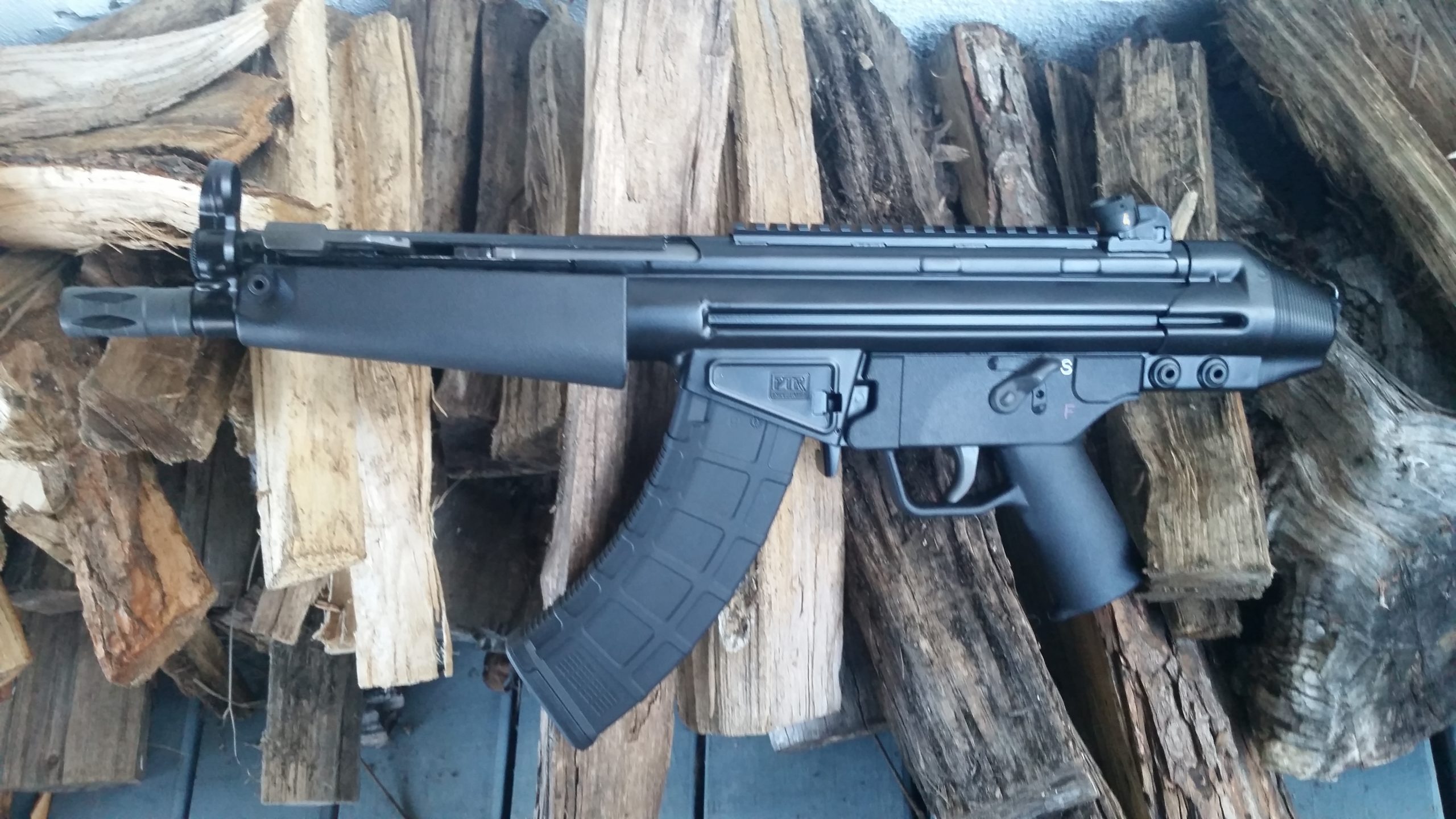

The Radical Left Finally Admits The Real Gun Agenda: Seizure
-


Introducing Your Child To Guns The Right Way: Part 2
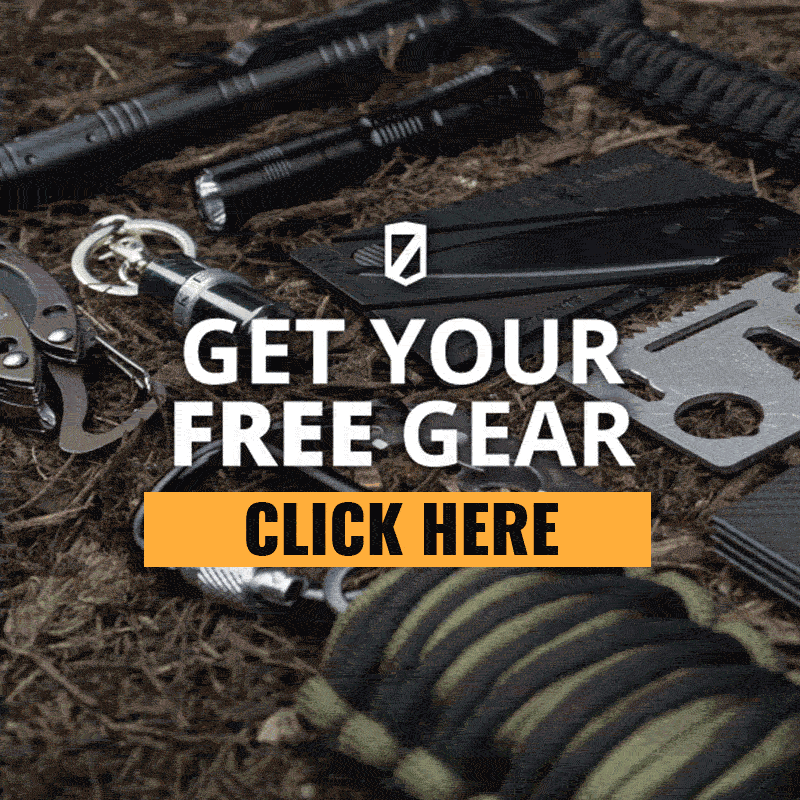

Veterans Day Special: Top Military-Inspired Firearms for Civilians

Top Cold-Weather Concealed Carry Gear for Winter 2024

Ruger American Rifle Gen II: Affordable Precision Meets Performance

Tipped Bullets: Everything You Need to Know About Them!

Ammunition Vending Machines: The Controversial Rise Grocery Stores

Minnesota Gun Safety Laws: Balancing Rights and Public Safety





